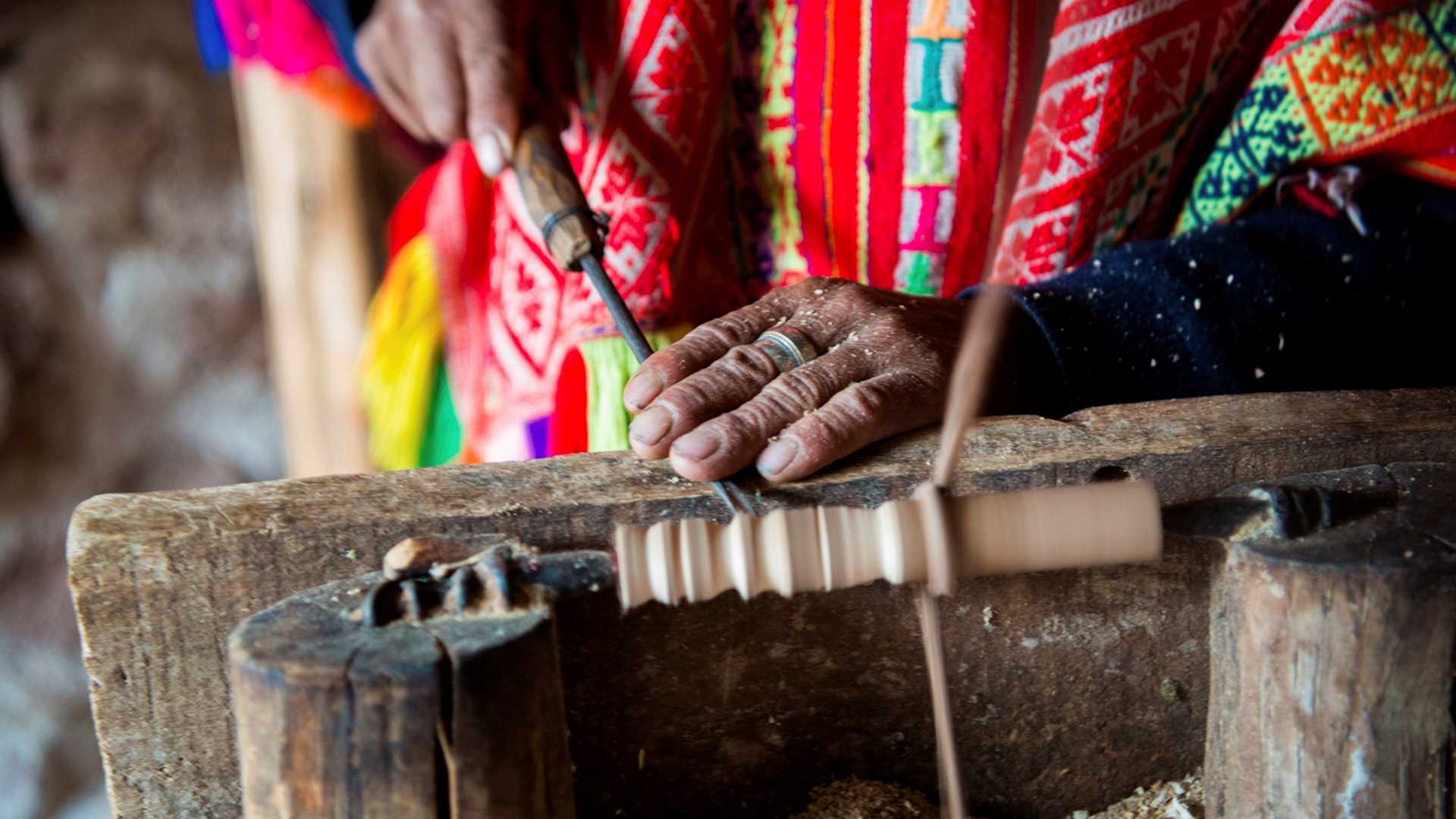Oct 2021
3 Min Read

Situated high among breathtaking Andean peaks and surrounded by verdant swaths of rainforest, the ancient city of Cusco is the oldest continuously inhabited city in the Americas. While Cusco has the comforts you crave in an urban center, you’ll find that its storied indigenous culture lives on as well, through the Quechua language, intact architectural relics, sophisticated arts, and enduring customs. In Cusco, whose name means “center” (or, more literally, “navel”) you’ll find yourself at the very center of a thriving cradle of civilization. Get Inspired By Photos, Videos, Webinars, Stories, And Exclusive Offers. Sign Up
Cobblestone streets, clay-tiled roofs, ancient Inca walls, sculpted agricultural terraces, and Spanish colonial buildings: Cusco is home to exquisite and often well-preserved facets of Pre-Inca, Inca, Colonial, and Republican architecture. Our knowledgeable local guides help deepen your understanding of the Inca empire’s capital city through these structures that tell the great tales of history and modern-day resilience. .and through a visit to Sacsayhuamán, the majestic 15th-century fortress that the attests to the Inca’s engineering genius , With breathtaking views of Cusco, the massive carved stones that comprise its walls are fitted together with such precision that they’ve survived centuries of earthquakes, and not even a sheet of paper can be slipped between them. Once a center of military activity, Sacsayhuamán is now a UNESCO World Heritage site, and the home of an annual winter solstice festival and other sacred Inca ceremonies.
On the Cusco portion of the Lindblad-National Geographic expedition, we’ll have the extraordinary privilege of witnessing centuries of collective artistic knowledge in action, as a National Geographic grantee shares an Inca weaving demonstration.
The traditional practices of herding alpacas, llamas, and sheep; spinning and dyeing yarn from their wool; and weaving and constructing brightly colored, intricately patterned textiles are at the very heart of Quechua culture. For thousands of years, Peruvian textile artisans have acted as threads themselves, connecting ancient Inca culture to the present day. Community members, who begin learning their craft in early childhood, carry on the tradition of creating vibrant, sophisticated works of art with profoundly practical applications.
With mountain and river terrains bumping up against lush rainforest and fertile agricultural valleys, Cusco’s native cuisine is rich in Amazon fruits, river trout, hundreds of varieties of potatoes and heirloom vegetables, cacao, ancient grains and seeds, and the traditional barbecued cuy, or Andean guinea pig. Over the centuries, African, Asian, and European visitors have left an imprint on the country’s complex cuisine. You can see its raw materials up close in Cusco’s lively outdoor markets, then taste it for yourself as a guest of the charming Belmond Monasterio, where the chefs’ way with local ingredients is yet another avenue to experience the Inca culture that lives on in this historic city.